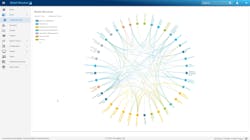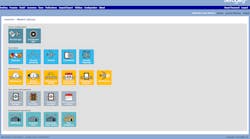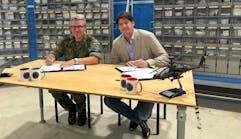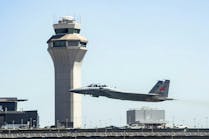Aerogility Upgrades its Aerospace and Defense Asset Forecasting and Planning Software
Aerogility is announcing the launch of the latest version of its highly innovative forecasting and planning software, Version 9.
Aerogility utilizes model-based AI technology to create real world simulations of future fleet operations for defence and civil aviation companies. Version 9 is a major overhaul of the Aerogility user interface utilising the very latest browser technologies to deliver high performance and powerful user interaction capabilities.
The updated software offers an enhanced user experience, enabling both expert and occasional users to understand complex decision-making and resolve challenging forecasting and planning issues more easily and intuitively.
The upgraded Version 9 software offers Aerogility’s customers extensive visualisation capabilities integrated with interactive tools for developing what-if scenarios and compelling animations of real-world scenarios. The simulations provide deep insights into forecasts, plans, and the impact of decisions across a customer’s business.
A decision-maker can watch simulations play out, pause them and adjust different factors in a scenario, and then immediately re-run a comparative simulation. This interactivity enables a team to work through multiple options quickly and easily and optimize the response required to meet their planning goals and key performance indicators for a fleet of high value assets. The highly interactive user interface combined with the Aerogility multi-agent model means that Version 9 can deliver the critical benefit of explainable simulations and safe and trusted results.
Gary Vickers, CEO of Aerogility, says: “It is crucial for companies to be able to plan ahead and understand the future impact of their decisions in today’s complex, constantly changing and uncertain business environment.
“Aerogility has an important role in an organisation’s digital ecosystem. The software gives a customer a unique and innovative capability to develop strategies and optimal policies for their operation, planning from today out to several decades in future.”




